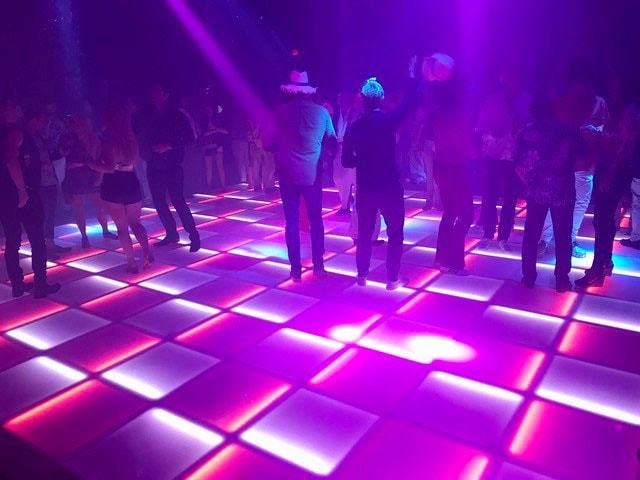Investigating the Versatile Substances That Transform Performance Surfaces into Stunning Aesthetic Experiences
Investigating the Versatile Substances That Transform Performance Surfaces into Stunning Aesthetic Experiences
Blog Article
Movement surfaces have evolved significantly over the decades, becoming more than just a place to dance to melodies. Currently, they are converted into stunning visual encounters through the use of various substances and techniques. These materials not only enhance the aesthetic appeal of the space but also improve the complete experience for performers and audiences alike. Comprehending the flexible substances that contribute to these dynamic settings can provide understanding into the craft of performance floor creation.
One of the primary common substances used in contemporary dance floors is light-emitting diode illumination. Light-emitting diode lights are energy-efficient and can generate a wide range of colors and impacts. They can be embedded in the floor itself or used as part of a lighting system over the dance floor. This innovation allows for coordinated light shows that can change in response to the music, creating an immersive encounter. The capability to configure these lamps means that they can be customized to fit different themes or moods, making each occasion distinct.
Another crucial substance is mirror-like surfaces, such as reflectors or polished tiles. These materials can create an illusion of area and dimension, making the dance floor appear larger than it is. When performers move, their reflections can add an additional layer of visual interest, enhancing the complete performance. Additionally, reflective surfaces can interact with lighting effects, amplifying the hues and patterns displayed on the floor. This combination of illumination and reflection can captivate spectators and boost the energy of the event.
In furthermore to lighting and mirror-like substances, the use of digital screens has grown progressively popular in dance floor design. These screens can show lively visuals, animations, or even real-time feeds of the show. By integrating electronic innovation, event organizers can create a multi-sensory experience that involves both the performers and the audience. The capability to change visuals in actual time allows for a fluid atmosphere that can adjust to the beat and vitality of the music, making each moment feel new and thrilling.
Additionally, the selection of surface material itself plays a key role in the complete experience. Classic wooden dance floors are still preferred for their durability and performance qualities. However, more modern substances like synthetic and elastic are gaining popularity due to their versatility and ease of maintenance. These substances can provide superior shock absorption, reducing the chance of harm for dancers. Additionally, they can be crafted with multiple textures and colors, allowing for creative representation in the dance floor's look.
In summary, the transformation of dance floors into breathtaking visual experiences relies on a mix of creative materials and technologies. LED lighting, mirror-like surfaces, digital screens, check out the post right here and customized flooring substances all contribute to creating an engaging setting for performers and audiences. As technology continues to advance, the opportunities for enhancing dance floor creation will only expand, making future occasions even more enthralling and memorable. Comprehending these substances helps appreciate the craftsmanship involved in creating environments where movement and music come together harmoniously in harmony.